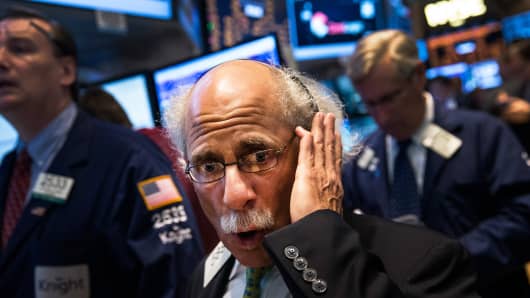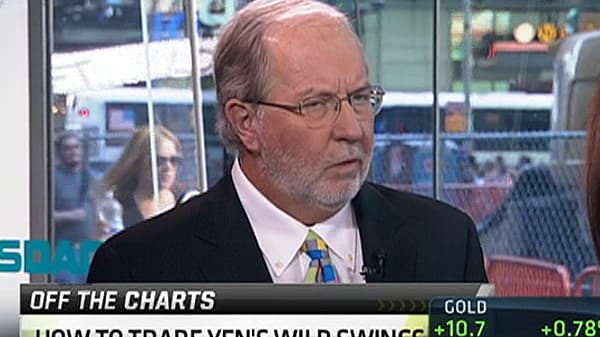"You don't tend to see slow and steady declines," said Hickey of the volatile stock trading. After moving in a 250-point range Wednesday, the Dow fell 126 to 14,995, its third down day and the first three day losing streak this year. The S&P 500 fell 13 to 1612, just above its 50-day moving average.
Traders Thursday will watch China, where markets reopen after being closed since last week and before a batch of weaker economic data was reported over the weekend. They will also be watching the Japanese markets and the volatile yen, which has led other markets in wild swings.
(Read More: A Silver Lining for the Volatile Nikkei)
"There's concerns about carry trades blowing up," said Art Cashin, floor director of UBS. Rumors have circulated about a hedge fund that bet the wrong way on the yen and Japan for the last several days. "The two lead dogs are the yield on the 10-year and currencies, particularly the yen," Cashin said. When the yen moved higher Wednesday, stock selling intensified.
"The S&P's probably not going to have as much luck bouncing off the 50-day moving average, the way it did the first time last Thursday," said Scott Redler, who follows the short-term technical aspects of the market. The S&P hit 1605 last Thursday and rose off of it in a big surge when Friday's jobs report was released. But Redler said the second effort does not usually go that well, and the S&P is now just above the 50-day moving average of 1610.






